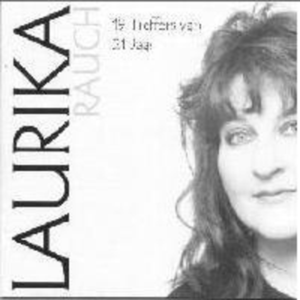
- Kinders van die Wind
- Released in: 1979
“Kinders van die Wind” is a song written during the Apartheid era, and is a historical reminder of our forgotten past, yet it remains pertinent to the New South Africa.

“Kinders van die Wind” is a song written during the Apartheid era, and is a historical reminder of our forgotten past, yet it remains pertinent to the New South Africa.

“Kinders van die Wind” was written by singer-songwriter, poet, journalist, and editor Koos du Plessis, affectionately known as Koos Doep before a tragic car accident cost him his life. The song, though written during the Apartheid era, is a historical reminder of our forgotten past, and remains pertinent to the New South Africa, still airing and on many national radio stations.
It’s a song about another song, since the one being sung is a forgotten piece originating during the arrival of the Dutch East India Company (DEIC) in 1652. It introduces various aspects of those times and how they relate to us today. Koos Doep uses many colloquial terms, some of which border on the archaic. “Lewenswel” is one such word: “lewens” means “life” or “lives,” and “wel” means “good.”
The lyrics mention how the “words to the song have been forgotten” and read, “En tog die deuntjie draal soos vaag onthoude grepies uit 'n baie ou verhaal." The term “deuntjie” is the diminutive form of “tune,” while “draal” is an archaic form for “lingering.” Also, “grepies” originates from the term “lettergrepe,” or “syllable.” Thus, one is given the idea of a karmic wheel that is yet to turn, as vaguely remembered syllables from an age-old story.

The DEIC arrived looking for food and supplies, but South Africa became their homeland, and so, slavery was introduced. “Besoeker,” a word that features in the song, means “visitor,” which is what those from the DEIC were to South Africa. “Swerwes,” on the other hand, originates from “swerf,” which means “to wander, travel, or roam.” The DEIC, thus, was made up of wanderers without direction, seekers who never found what they were looking for, children of the wind. The last verse brings us back to the present, adding a hint of nostalgia to a reflection about the past: “Gesigte, drome, name, is deur die wind verwaai.” Koos Doep uses the archaic term “verwaai,” which directly translates to “blow out,” meaning faces, dreams, and names that have been lost to the wind.
But the term “verwaai” also adds an introspective manner lost in the fervor of history. The last stanza concludes that only a child could guess where all the words to the song are, reconnect the verses, and shed light on the age-old story mentioned in the opening verse. Finally, it mentions that, eventually, everyone is but a child of the wind.
“Kinders van die Wind” can be interpreted, not only as a reminder of South African history, but also in Biblical terms. The seekers who do not find what they are looking for recall Matthew 6:33, “Seek ye first the Kingdom of God;” and the children who can guess where the words have gone relates to Matthew 19:14, “Let the children come to me, and do not hinder them, for the kingdom of heaven belongs to such as these.” The song is an absolute masterpiece, and has been covered by many artists, though none better than Laurika Rauch’s version, which is sung with depth and tonal perfection.